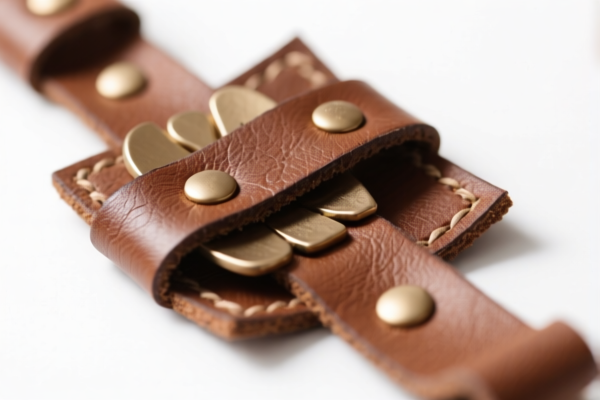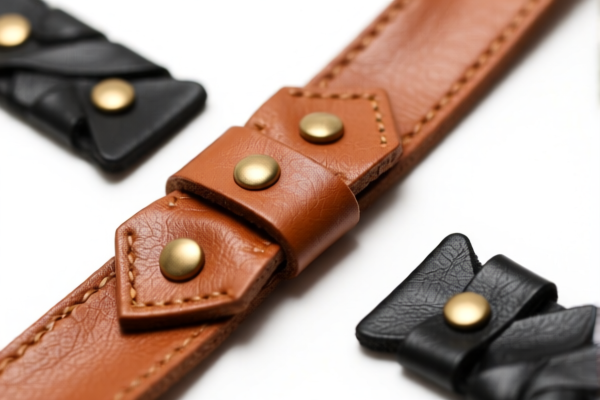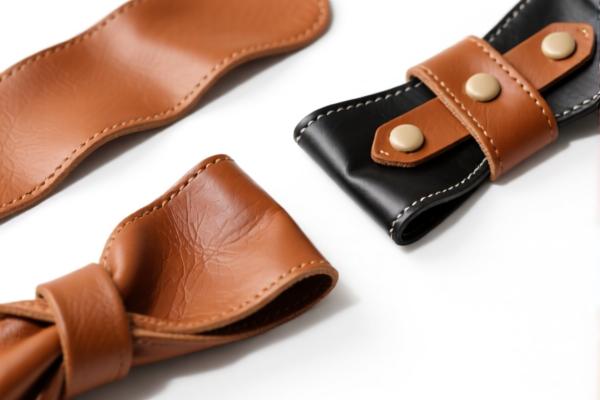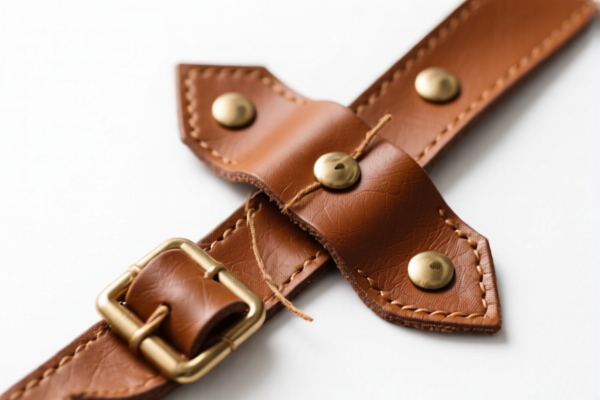| HS Code | Official Doc | Tariff Rate | Origin | Destination | Effective Date |
|---|---|---|---|---|---|
| 6815994170 | Doc | 55.0% | CN | US | 2025-05-12 |
| 6815992000 | Doc | 55.0% | CN | US | 2025-05-12 |
| 7115906000 | Doc | 59.0% | CN | US | 2025-05-12 |
| 7115903000 | Doc | 58.9% | CN | US | 2025-05-12 |
| 9601908000 | Doc | 41.2% | CN | US | 2025-05-12 |
| 9601906000 | Doc | 37.5% | CN | US | 2025-05-12 |
| 9602001040 | Doc | 40.5% | CN | US | 2025-05-12 |
| 9602004000 | Doc | 39.3% | CN | US | 2025-05-12 |
| 3503005550 | Doc | 2.8¢/kg + 3.8%+37.5% | CN | US | 2025-05-12 |
| 4205000500 | Doc | 57.9% | CN | US | 2025-05-12 |
| 4205002000 | Doc | 55.0% | CN | US | 2025-05-12 |
| 4201006000 | Doc | 57.8% | CN | US | 2025-05-12 |
| 3924905650 | Doc | 40.9% | CN | US | 2025-05-12 |
| 3924905610 | Doc | 40.9% | CN | US | 2025-05-12 |




Cave Shoe Decoration
Cave shoe decoration refers to ornamental additions applied to footwear, specifically shoes designed for or resembling those worn in cave environments, or those intended to evoke a prehistoric aesthetic. These decorations span a wide range of materials and styles, reflecting both practical considerations and artistic expression.
Material
Historically, and in recreations aiming for authenticity, materials are typically sourced from natural elements. Common materials include:
- Stone: Flint, chert, and other readily available stones are used for rudimentary carvings or as components of more complex designs.
- Bone & Antler: Animal bones and antlers provide durable material for carving, shaping, and attaching decorations.
- Leather: The base shoe material itself often features incised patterns or serves as a canvas for other decorations. Animal hides are the primary source.
- Plant Fibers: Used for binding, weaving, and creating patterns, particularly in conjunction with leather.
- Pigments: Natural pigments derived from minerals (ochre, charcoal) and plants are used to color decorations.
- Shells: In coastal or river cave settings, shells are incorporated for aesthetic purposes.
- Modern Materials: Contemporary recreations and artistic interpretations may utilize materials like wood, acrylic paint, beads, and synthetic fibers.
Purpose
The purpose of cave shoe decoration is multifaceted:
- Practical Enhancement: Early decorations may have served to reinforce shoe structure, improve grip, or provide insulation.
- Symbolic Meaning: Decorations often held ritualistic, social, or spiritual significance, representing clan affiliation, hunting prowess, or religious beliefs.
- Aesthetic Expression: Decorations served as a form of artistic expression, demonstrating skill and creativity.
- Recreation & Performance: Modern recreations are often used for historical reenactments, theatrical performances, or living history demonstrations.
- Fashion & Art: Contemporary interpretations may be purely aesthetic, serving as fashion statements or art objects.
Function
The function of decorations varies depending on their nature:
- Reinforcement: Stone or bone elements can provide structural support to the shoe.
- Traction: Textured decorations or the addition of stone elements can improve grip on slippery surfaces.
- Insulation: Layers of decoration can provide additional insulation against cold temperatures.
- Identification: Specific patterns or symbols can identify the wearer's clan or social group.
- Visual Appeal: Decorations enhance the aesthetic appearance of the shoe.
Usage Scenarios
- Prehistoric Caves: The primary usage scenario was within cave environments for hunting, gathering, and daily life.
- Historical Reenactments: Recreations are used in events simulating prehistoric life.
- Theatrical Performances: Decorations are used in plays and performances depicting cave dwellers.
- Living History Demonstrations: Used to educate the public about prehistoric technologies and lifestyles.
- Museum Displays: Recreations are displayed in museums to illustrate prehistoric footwear.
- Contemporary Art & Fashion: Used as artistic expressions or fashion accessories.
Common Types
- Incised Leather Patterns: Simple geometric designs carved into the leather of the shoe.
- Stone Appliqués: Small stones attached to the shoe surface, often arranged in patterns.
- Bone & Antler Carvings: Intricate carvings made from bone or antler, attached to the shoe.
- Woven Fiber Decorations: Patterns created by weaving plant fibers into the shoe structure.
- Pigmented Designs: Patterns created using natural pigments.
- Combined Decorations: Shoes featuring a combination of different decorative elements.
- Modern Artistic Interpretations: Contemporary designs incorporating a wide range of materials and styles, often inspired by prehistoric aesthetics.
Based on the provided information, determining the precise HS code for "cave shoe decoration" requires careful consideration of the material and intended use. Here are potential HS codes based on the available data:
- 3924905650: This code covers “Tableware, kitchenware, other household articles and hygienic or toilet articles, of plastics: Other: Other”. If the cave shoe decoration is made of plastic and considered a household article, this could be applicable. The total tax rate is 40.9%, comprised of a 3.4% base tariff and a 7.5% additional tariff, increasing to 30.0% after April 2, 2025.
- 3924905610: This code also falls under “Tableware, kitchenware, other household articles and hygienic or toilet articles, of plastics: Other: Other Gates for confining children or pets”. While seemingly unrelated, if the decoration functions as a barrier or confinement element for pets (e.g., a decorative gate for a pet's cave), this code might be considered. The total tax rate is 40.9%, comprised of a 3.4% base tariff and a 7.5% additional tariff, increasing to 30.0% after April 2, 2025.
- 9602004000: This code covers “Worked vegetable or mineral carving material and articles of these materials; molded or carved articles of wax, of stearin, of natural gums or natural resins, of modeling pastes, and other molded or carved articles, not elsewhere specified or included; worked, unhardened gelatin (except gelatin of heading 3503) and articles of unhardened gelatin: Molded or carved articles of wax”. If the decoration is made of wax, this code could be applicable. The total tax rate is 39.3%, comprised of a 1.8% base tariff and a 7.5% additional tariff, increasing to 30.0% after April 2, 2025.
Important Considerations:
- Material Verification: The classification heavily depends on the material composition. Accurate material identification is crucial.
- Functionality: If the decoration serves a specific purpose (e.g., confinement, barrier), consider the corresponding HS codes that reflect that function.
- Plastic Composition: If made of plastic, the distinction between "tableware/household articles" and other plastic products is important.
Customer Reviews
No reviews yet.